
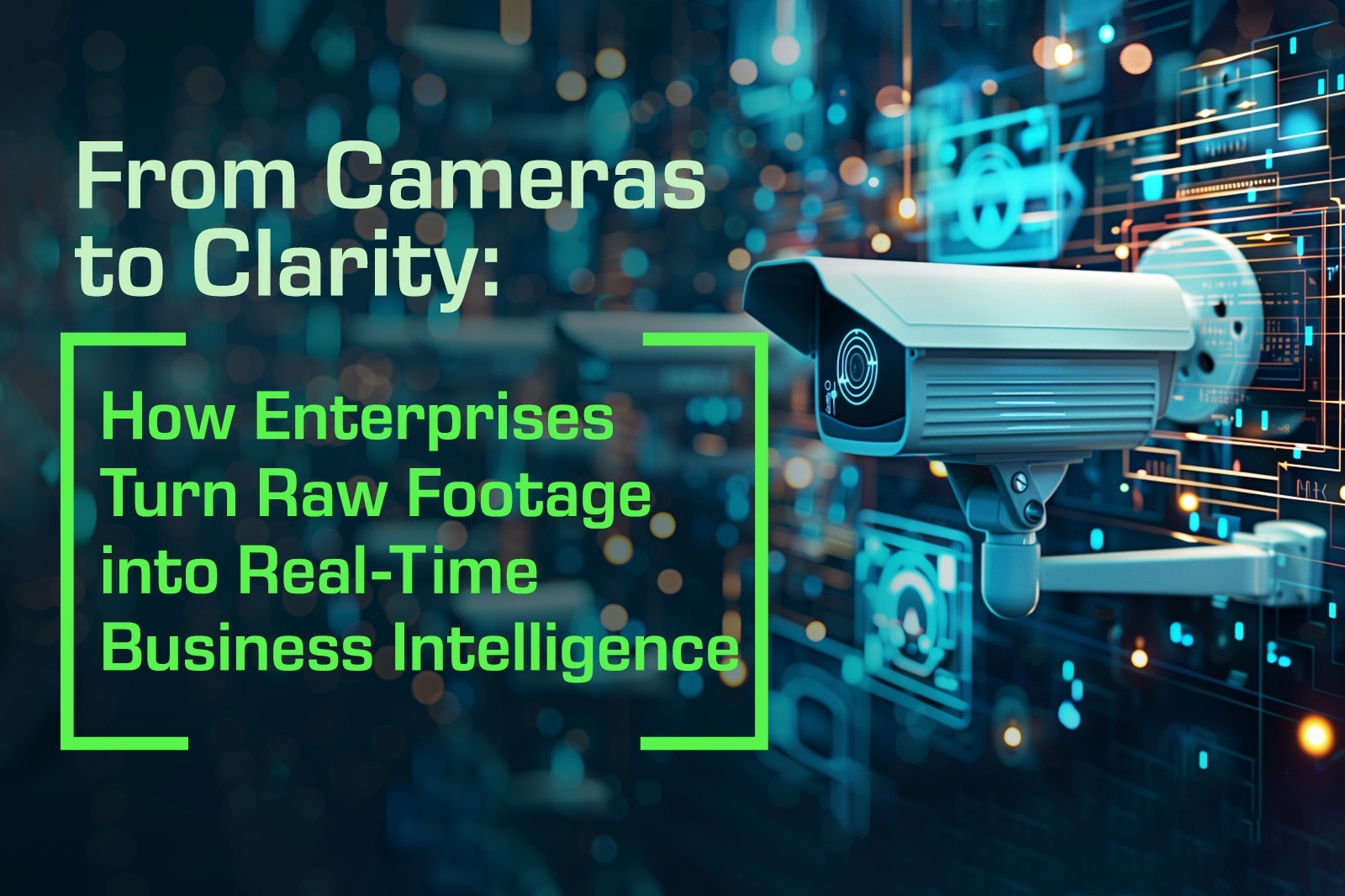
From Cameras to Clarity: How Enterprises Turn Raw Footage into Real-Time Business Intelligence
In today’s data-driven world, cameras are everywhere — in offices, factories, warehouses, retail stores, and even vehicles. But for many enterprises, this video footage remains just that — footage. Terabytes of data get stored every day, yet most organizations barely use it beyond basic surveillance.
That’s where AI-powered video analytics comes in. By combining computer vision, machine learning, and data analytics, businesses can now turn ordinary camera feeds into extraordinary insights. The result? Smarter operations, faster decision-making, and stronger business outcomes.
Let’s take a closer look at how enterprises move from cameras to clarity, using a complete end-to-end computer vision workflow.
Step 1: Data Capture – The Eyes of the Enterprise
Everything begins with the camera. Whether it’s a CCTV, IP camera, drone feed, or body-worn camera, video becomes the raw input for AI analysis.
Enterprises today deploy thousands of cameras across multiple locations — monitoring production lines, retail aisles, parking areas, or construction sites. However, the challenge isn’t capturing the video — it’s capturing the right data with enough clarity, frame rate, and resolution to make it useful for analytics.
This is why Ispeck’s smart video systems are designed to work with a wide range of camera sources and resolutions. They automatically detect objects, movements, and events, ensuring that every frame contributes meaningfully to data-driven decisions.
Step 2: Data Ingestion and Processing – Making Sense of the Chaos
Once the video is captured, the next step is data ingestion — transferring footage securely to an AI-powered processing system.
This can happen in two ways:
-
Edge processing, where analysis happens directly on the camera or nearby device (for faster response times).
-
Cloud or hybrid processing, where footage is uploaded to a centralized platform for deeper, large-scale analysis.
Ispeck combines both approaches. Edge AI allows for real-time detection and alerts, while cloud processing ensures historical trend analysis and advanced analytics. The result is a balanced workflow that is both responsive and data-rich.
At this stage, the system uses computer vision models — algorithms trained to recognize patterns, shapes, faces, and actions. These models can identify everything from helmet compliance in factories to customer dwell time in retail stores.
Step 3: Object Detection and Event Recognition – The Brain at Work
Once the raw footage is in the system, AI models start their job — recognizing what’s happening in each frame. This involves three key layers of analysis:
-
Object Detection: Identifying and classifying items such as people, vehicles, machinery, or tools.
-
Activity Recognition: Understanding actions like walking, picking up objects, entering restricted zones, or performing unsafe tasks.
-
Event Triggers: Generating real-time alerts when something deviates from normal behavior — such as a worker entering a hazardous area without safety gear, or an unauthorized vehicle in a restricted zone.
These intelligent insights allow enterprises to automate monitoring, reduce manual supervision, and respond to incidents as they happen.
For instance, Ispeck’s AI can detect safety rule violations in a factory, count the number of visitors in a retail store, or analyze vehicle movement patterns in logistics hubs — all in real time.
Step 4: Data Storage and Security – Safeguarding Information
Handling large volumes of video data comes with responsibility. Every organization must ensure data security, privacy, and compliance.
Ispeck follows ISO 27001:2022-certified data practices, ensuring that all information is encrypted and stored according to enterprise-grade security standards. Sensitive data can also be anonymized, with faces or license plates blurred automatically to maintain privacy while retaining analytical value.
Additionally, AI models continuously learn and improve through secure feedback loops, ensuring better accuracy without compromising on confidentiality.
Step 5: Analytics and Visualization – Turning Footage into Insight
Raw data means nothing until it’s visualized. This is where video analytics truly shines.
Using dashboards, heat maps, and reports, enterprises can gain actionable insights from patterns that were once invisible. For example:
-
A retail chain can see which shelves attract the most attention and adjust product placement accordingly.
-
A manufacturing plant can monitor employee movements to enhance workflow and reduce downtime.
-
A smart city authority can track traffic congestion and optimize signal timings.
Ispeck’s analytics engine presents this information in intuitive, customizable dashboards, helping teams make decisions without needing technical expertise. Data is transformed into clear visuals and performance metrics that everyone can understand — from floor supervisors to C-level executives.
Step 6: Integration and Action – The Final Mile
Insight is only valuable when it leads to action.
Through APIs and integration frameworks, Ispeck’s platform connects seamlessly with existing enterprise systems — from ERP and CRM to HR and safety management tools. Alerts can automatically trigger workflows, notifications, or even physical responses like locking a door or turning off a machine.
This creates a closed-loop system — cameras capture data, AI interprets it, insights are visualized, and actions are executed automatically. It’s a continuous cycle of observation, understanding, and improvement.
Step 7: Continuous Learning – Smarter with Every Frame
The best part about modern video analytics? It keeps getting better.
As the system processes more footage, the AI learns and refines its models. This continuous learning allows it to adapt to new environments, detect subtle anomalies, and improve accuracy over time.
For instance, a model that once detected hard hats can evolve to recognize gloves, safety vests, or posture-related risks — helping prevent accidents before they happen.
Ispeck’s AI models are trained to evolve through feedback loops and real-world data, ensuring that businesses always stay one step ahead.
Why It Matters: Beyond Security to Strategy
Traditionally, enterprises invested in cameras for surveillance. Today, they’re investing for strategy.
AI-enabled video analytics transforms visual data into business intelligence — helping companies optimize performance, ensure compliance, reduce losses, and enhance customer experiences.
Whether it’s improving operational efficiency, predicting equipment failures, or ensuring worker safety, intelligent video systems empower leaders to make informed decisions based on facts, not assumptions.
Conclusion: Clarity is the New Currency
In the modern enterprise, clarity is power. With the right tools, what once was a passive video feed becomes a real-time source of truth — driving visibility, safety, and performance across the organization.
At Ispeck, we help businesses harness this power through AI-powered video analytics, smart access control, and predictive technologies. From data capture to actionable insight, our solutions bridge the gap between seeing and understanding.
Because when cameras see — and AI understands — enterprises gain clarity that transforms the way they work.
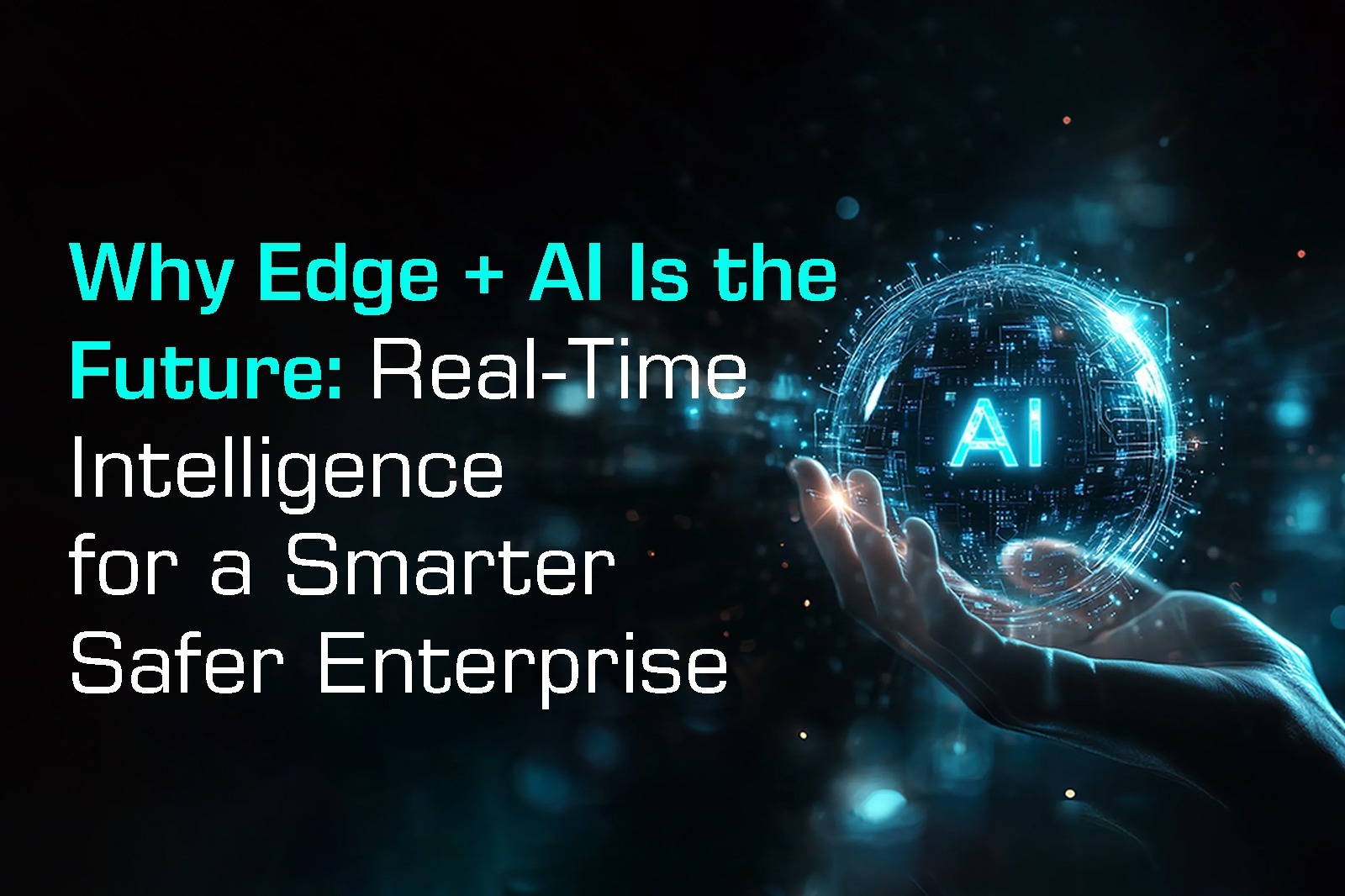
Why Edge + AI Is the Future: Real-Time Intelligence for a Smarter, Safer Enterprise?
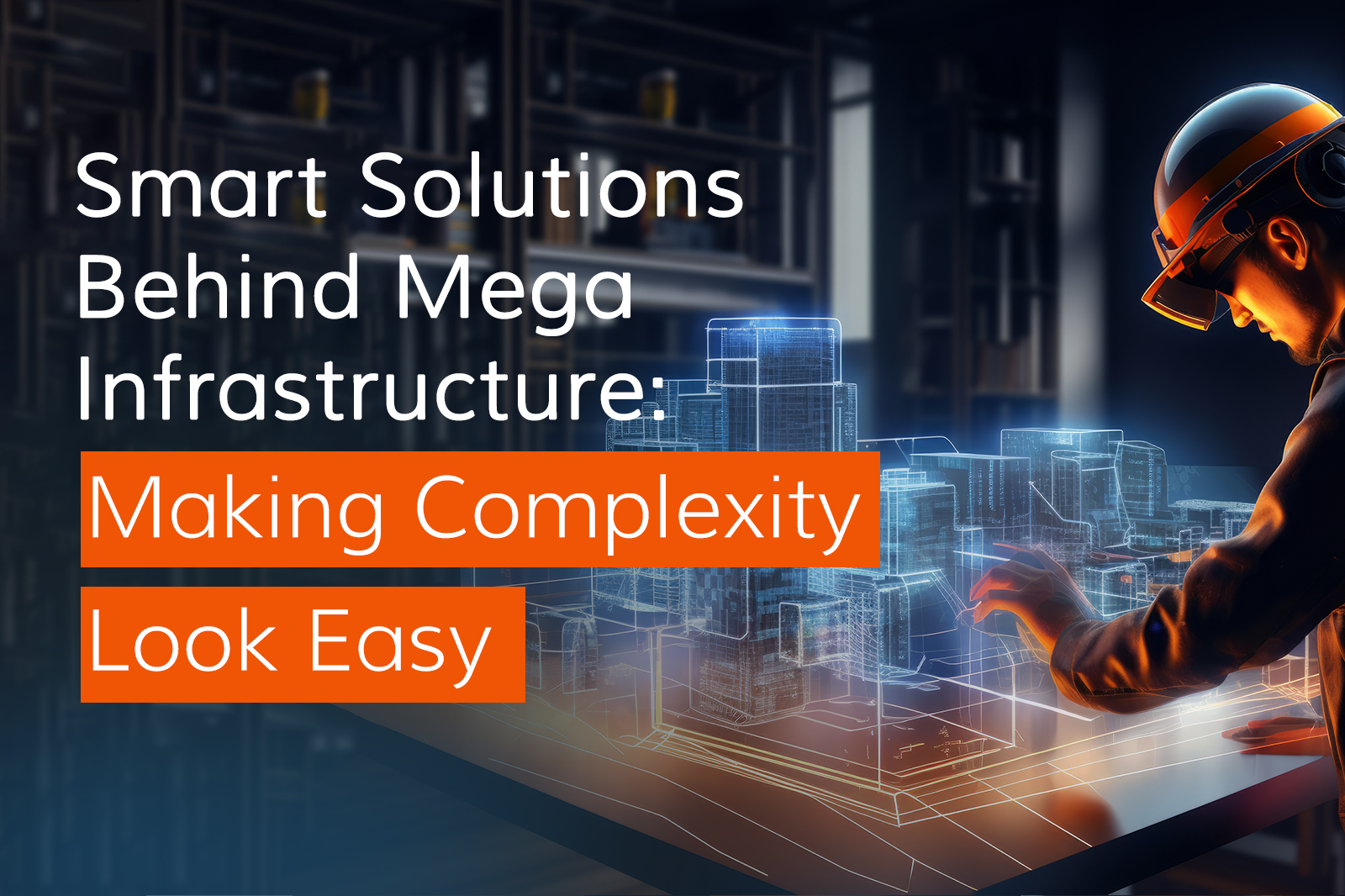
Smart Solutions Behind Mega Infrastructure: Making Complexity Look Easy
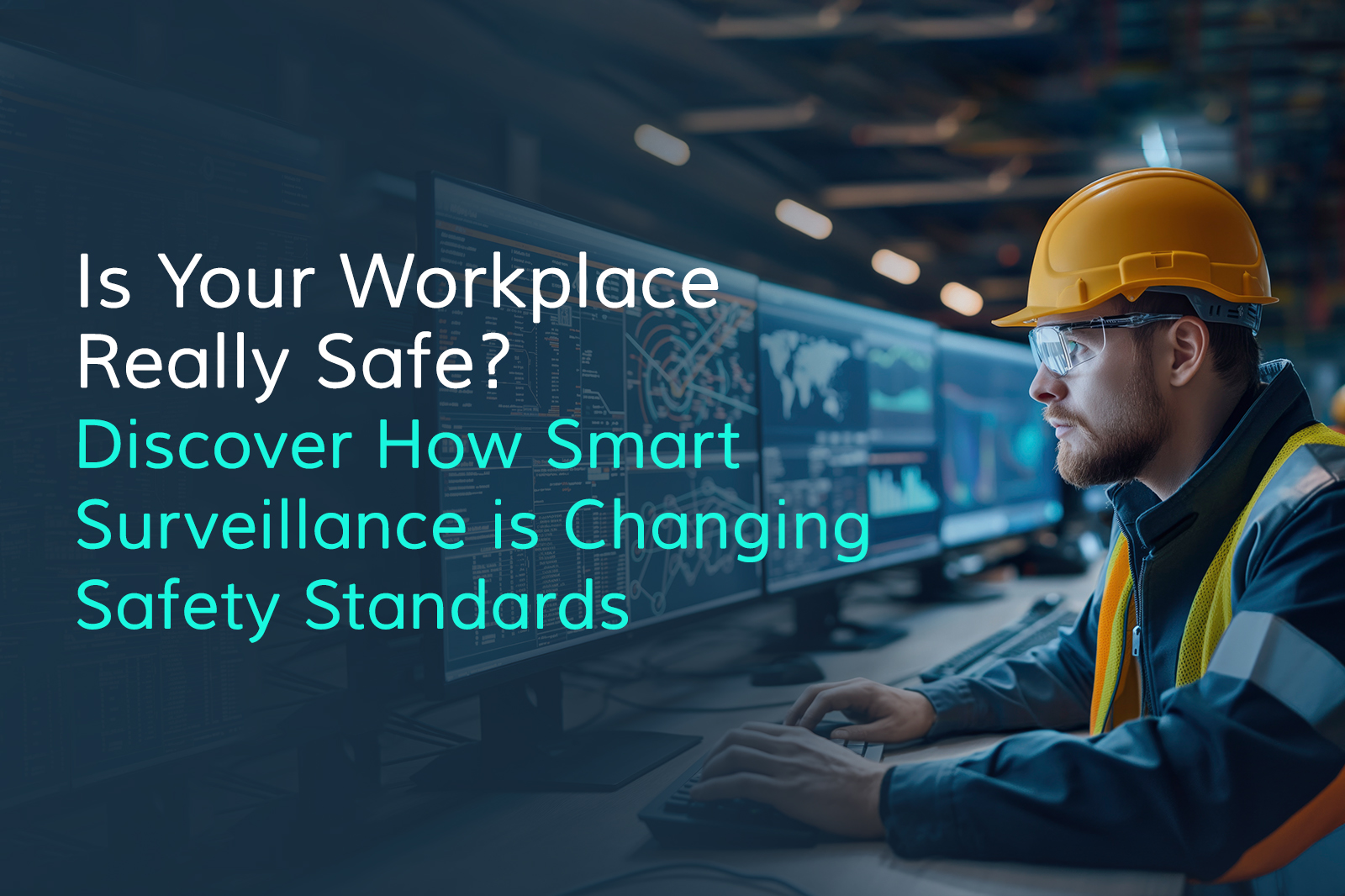
Is Your Workplace Really Safe? Discover How Smart Surveillance is Changing Safety Standards
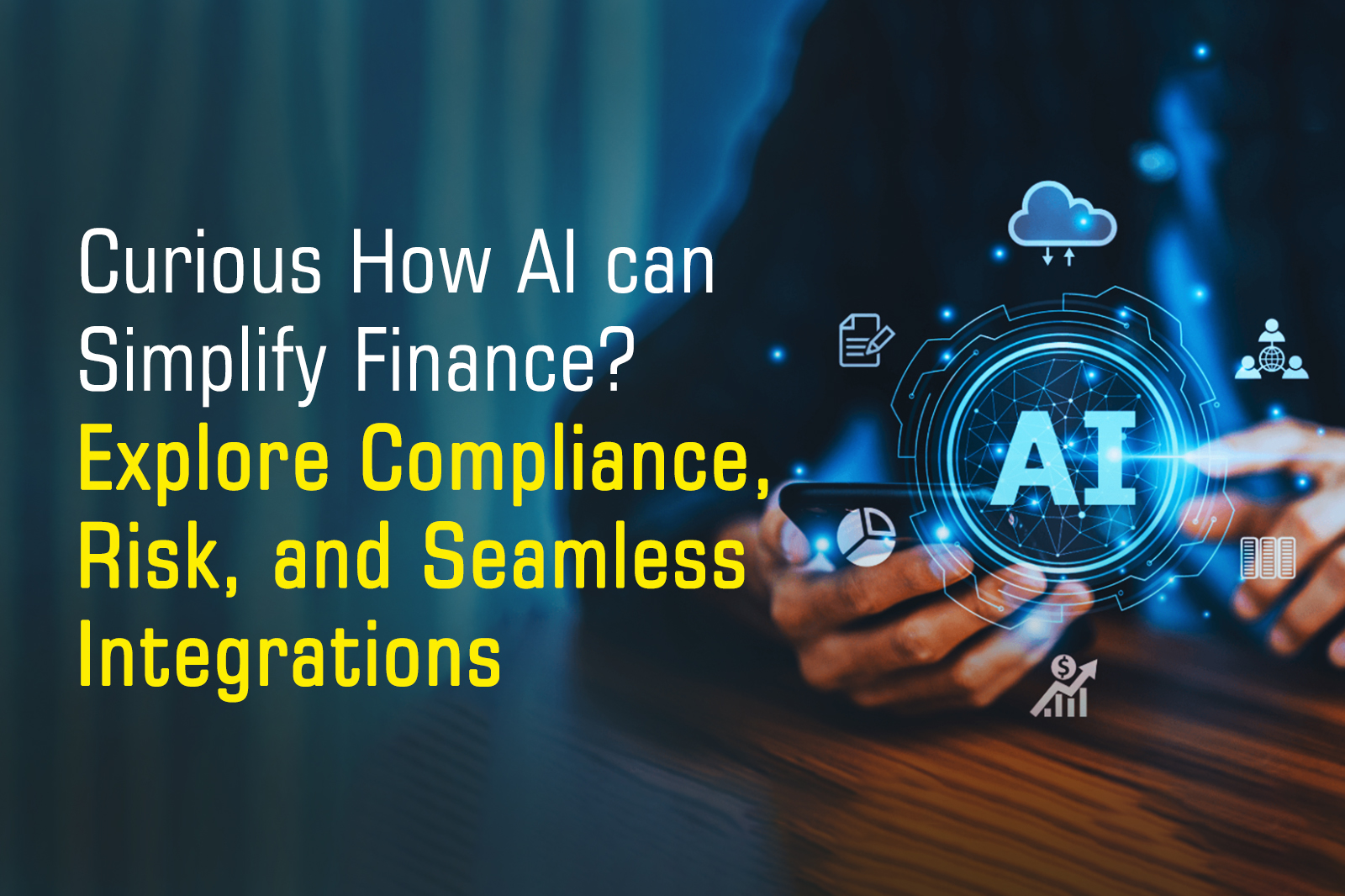
Curious How AI Can Simplify Finance? Explore Compliance, Risk, and Seamless Integrations
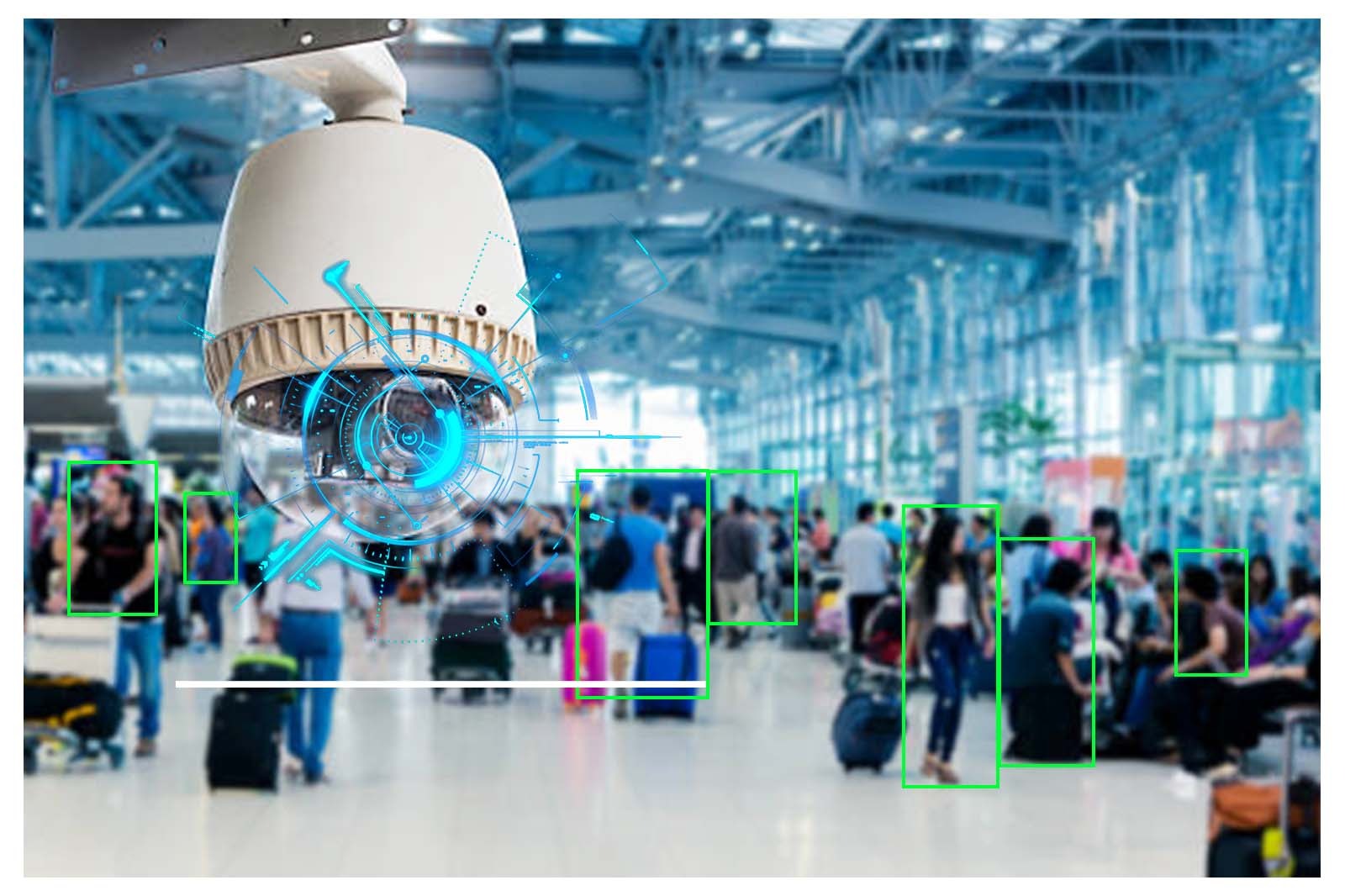
How AI Video Analytics is Transforming Large Infrastructure, Ports, Airports, and Smart Cities?

Retail Revolution: How AI Powered Video Analytics Can Drive Success
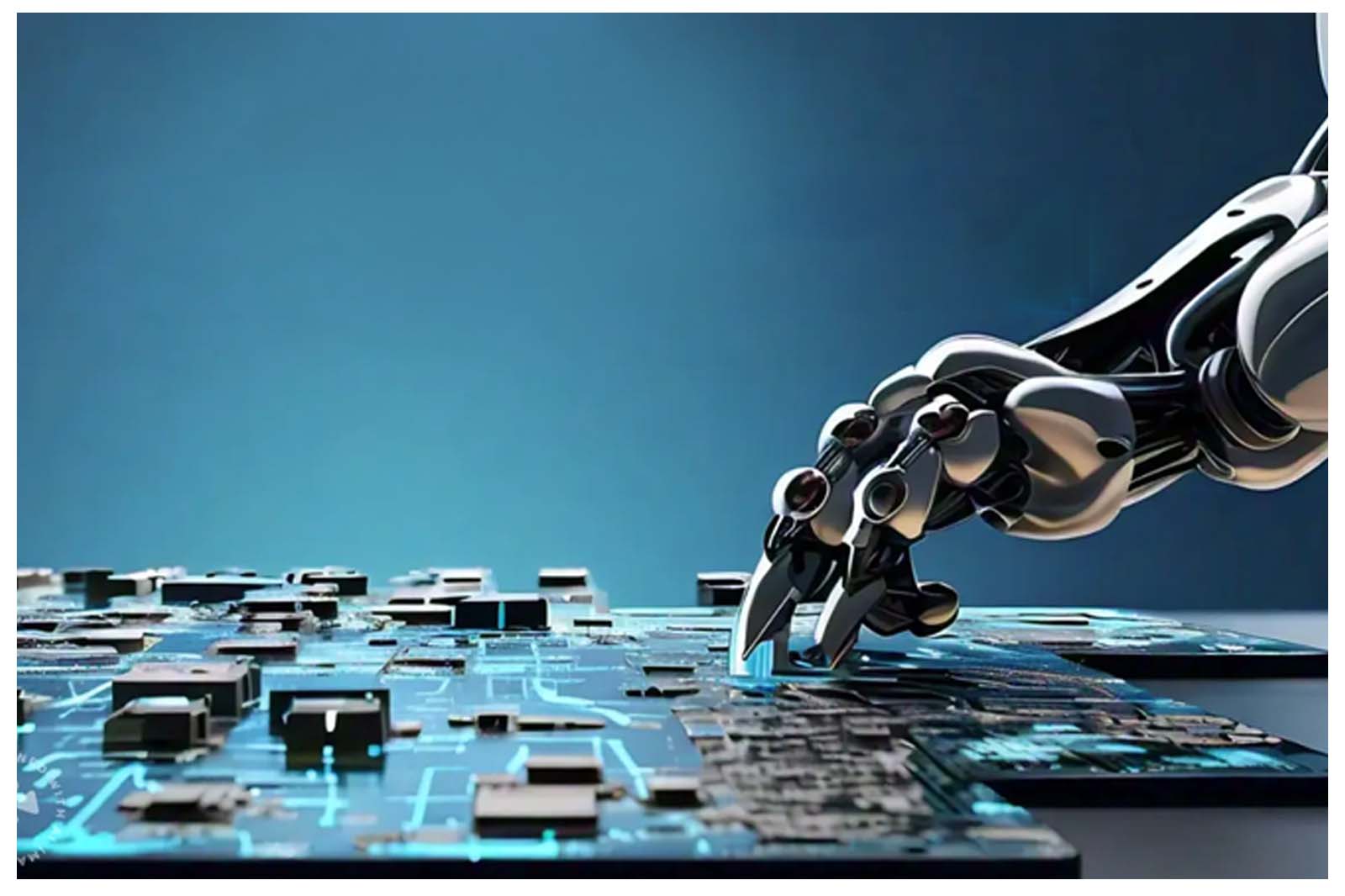
Leveraging AI in Manufacturing for enhanced Safety, Efficiency and Innovation






